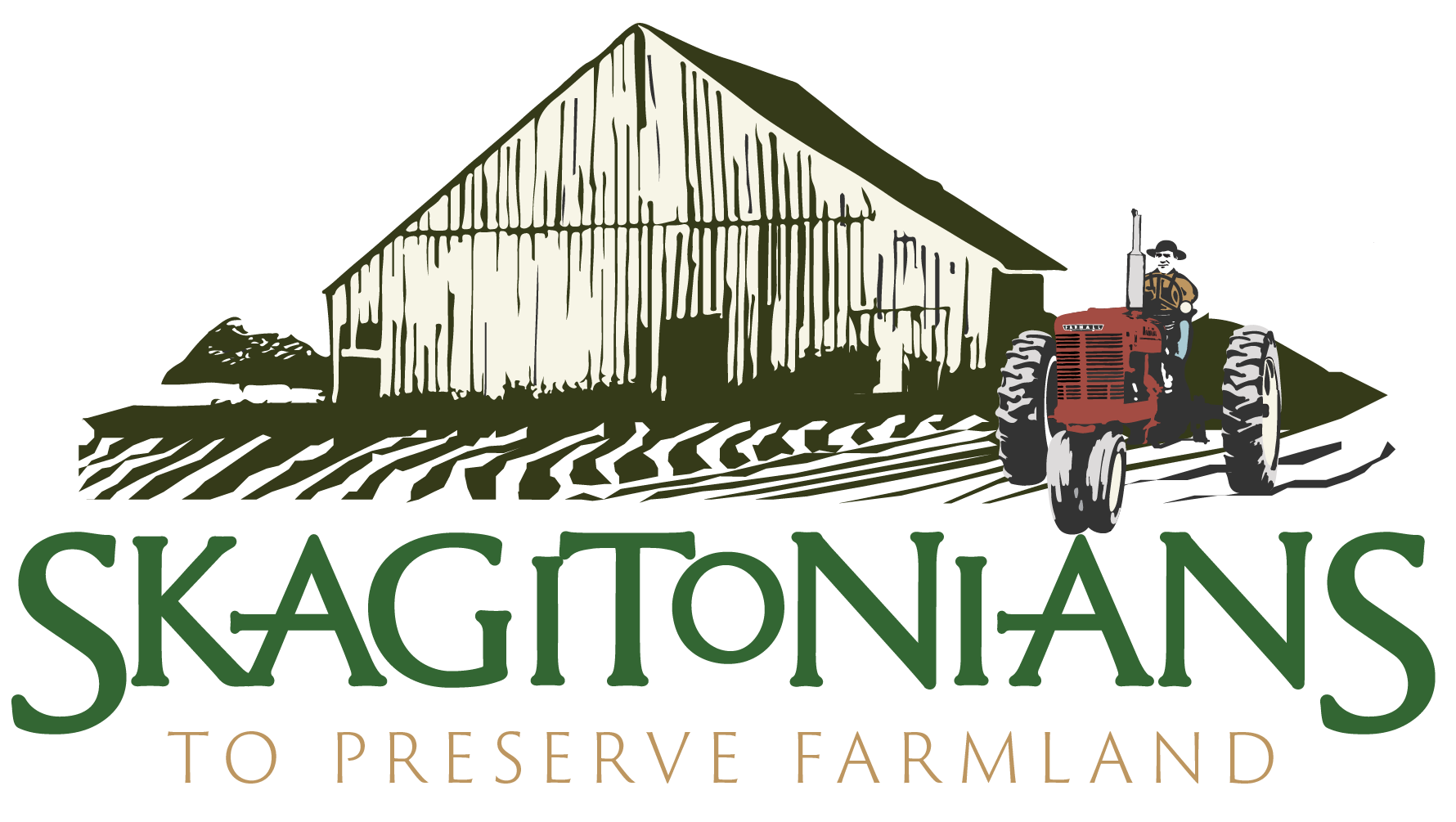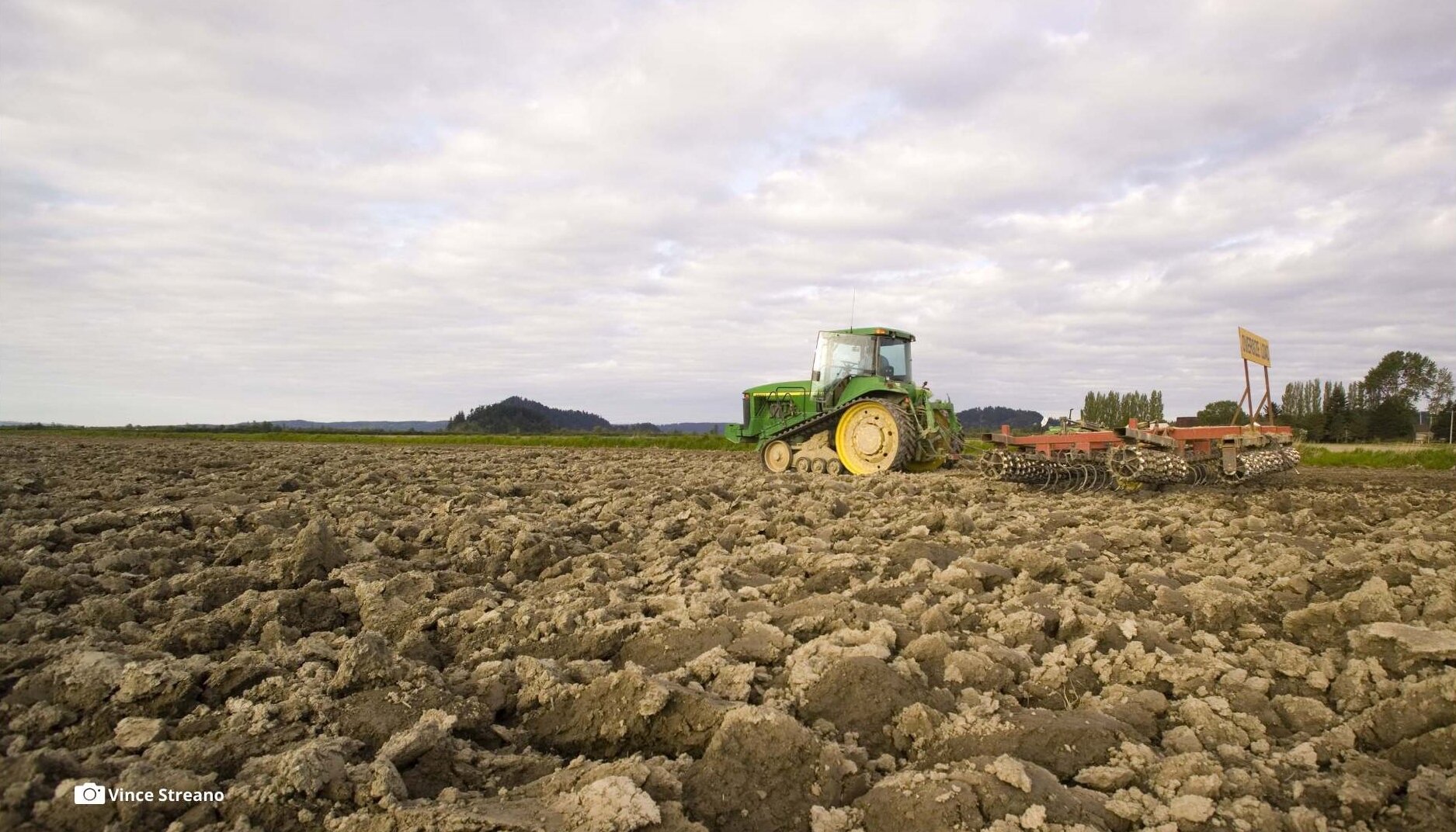Sustainable Agriculture - Nothing New, or Is It?
What constitutes “Sustainable Agriculture?”
There’s a lot of talk these days about sustainable agriculture. Many of the practices recognized as sustainable are based on older, if not ancient, farming methods now gaining favor through scientific analysis and proven performance.
Delve only a bit into the subject and it is clear there are many ways to define sustainable agriculture, but for the purposes of The Dirt we’ll borrow a rather concise definition which says the term “describes farming systems that are capable of maintaining their productivity and usefulness to society indefinitely.”
In order to achieve that status of sustainability, a system must be “resource conserving, socially supportive, commercially competitive, and environmentally sound.” In other words, it has to not only still exist, but be viable, even thriving, for future generations.
Sustainability combines awareness, and if possible, adherence to following methods observed in nature itself. It’s a bow to lessons learned when nature was more or less ignored, such as in the Dust Bowl era in the 1930s.
Careful study of that catastrophe made it clear that wholesale removal of the native grasslands and lack of understanding prevailing wind patterns led to highly-stressed, non-resilient swaths of American topsoil being, quite literally, blown away.
What are sustainable agriculture practices?
There is no hard and fast rule for making a farming operation sustainable. There is, however, an array of practices that can be adopted according to each site’s particular parameters.
Crop rotation keeps weeds, insects, and soil-borne pathogens from gaining an intractable hold on a field. By increasing the diversity of life on a field, crop rotation provides alternate sources of soil nitrogen, reduces soil erosion and enhances water quality.
Integrated pest management uses natural methods such as habitat manipulation, modified cultural practices, biologic controls, and planting of resistant crop varieties or decoy barriers to control insect infestation.These methods either reduce the need for pesticides to just a tightly-targeted application or eliminate it altogether.
Reduced or no-till cultivation maintains the integrity of the soil and, given time, has been shown to increase yields as much as 30% over conventional practices.
Animal or green manures enhance soil organic matter (SOM), a key indicator of soil quality. Well-composted animal manure and cover cropping that is turned under to feed the soil before planting a cash crop not only enhances SOM, but deters soil erosion and soil compaction and increases the soil’s ability to retain water.
One way or the other, it all comes down to the soil.
Soil quality is defined by the USDA-NRCS as the “continued capacity of soil to function as a vital living ecosystem that sustains plants, animals and humans.” Healthy soil is defined as a stable system with resilience to stress, high biological diversity and high levels of nutrient cycling.
Specifically, SOM has the ability to supply the macro and micro nutrients to promote soil fertility.
Sustainable agriculture preserves biodiversity, maintains soil fertility and water purity, conserves and improves the chemical, physical and biological qualities of the soil, recycles natural resources and conserves energy.
Here in the Skagit Valley, you can easily see one of the more evident markers of soil quality, soil organic matter: The darker the topsoil, the higher the levels of SOM.
Which brings us to, how sustainable does it have to be?
Conventional farming relies on petrochemical fertilizers and pesticides, as well as more mechanized, full-till cultivation methods.
Organic farming can only be certified-organic by eliminating petrochemicals and using only organic fertilizers, herbicides and pesticides.
Go further along the path of sustainability and you encounter an agricultural philosophy known as biodynamic or permaculture that sees the entire farm as an integrated (frequently closed-loop) whole—Beacon Food Forest on Beacon Hill in Seattle or the Puget Ridge Edible Park in West Seattle are prominent examples.
But, does that mean only certified organic farming or beyond is sustainable?
No; it is best to consider sustainability as a working spectrum. Here in the Skagit Valley, many farmers are using sustainable agriculture practices even though they would characterize their operations as conventional.
Making the transition to sustainable agriculture is a process, typically requiring a series of small, economically realistic steps. The wonderful thing is each step makes a positive difference.
Perhaps it’s a cover crop or using mulches, crop rotation or integrated pest management. Whatever the method adopted, it is one step further on the continuum of sustainability.
And when all’s said and done, isn’t that exactly where we want to be?
By Teresa Bennett: info@skagitonians.org



